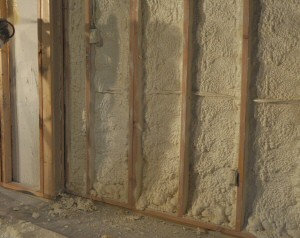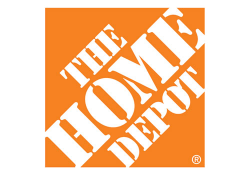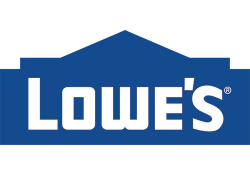
This article is part of our home tax credits series. The information contained in this article is not tax advice. You should consult a qualified tax professional before acting on the information in this article.
 You probably already know that the 2009 energy tax credits were extended through the end of 2010. Those credits include 30% back, up to $1500, on insulation products installed in a primary residence.
You probably already know that the 2009 energy tax credits were extended through the end of 2010. Those credits include 30% back, up to $1500, on insulation products installed in a primary residence.
While the credit is pretty broad, not all insulating products qualify. For example, insulated siding does not qualify under the rules of this credit, because its primary purpose is not insulation.
Let’s take a look at the basics of the insulation tax credit, the requirements for claiming the credit, and what types of insulation qualify. For more information, see energystar.gov.
Insulation Tax Credits Information
The insulation energy tax credit provides 30% back on the cost of insulation materials, up to a total credit of $1500 (equating to a $5000 purchase). Installation cost (e.g., labor) is not covered for insulation.
The $1500 limit on this credit is an aggregate limit across all covered residential energy improvements. For example, if you claim a portion of the energy tax credit for installing qualifying windows, that would reduce the amount of credits you can take for insulation.
The limit on the credit is also an aggregate across both 2009 and 2010 tax years. In other words, if you take the full $1500 in 2009, you cannot can any credit in 2010.
How to Claim the Insulation Tax Credit
You claim the credit on Form 5695 when you file your tax return for the year the insulation was placed in service. Notice that this is not necessarily the same as the year you purchased the insulation.
Income Limits and Other Restrictions
- There is no income limitation on the credit.
- You do not need to itemize your taxes to take the credit.
- The credit only applies to principal residences. It does not apply for rental properties or second homes.
- The amount of the credit is limited by your tax liability (note: this is not the same as whether you get a refund). You cannot get more money back than you pay to the federal government.
What Types of Insulation Qualify for the Tax Credit?
The insulation tax credit is designed to provide a refund only for those products whose primary purpose is to insulate a structure (there is very specific language in the tax code we won’t go into here).
The good news is that the IRS makes manufacturers declare whether their product complies with the language in the tax code via a Manufacturers Certification Statement (MCS). You can usually find MCS statements for insulation products on the manufacturer’s web site. Here’s an example from Owens Corning. You can also call the manufacturer or look on the material packaging.
Almost all bulk insulation materials qualify for the credit, including fiberglass batt rolls, blow-in insulation (such as NuWool), spray foam insulation, rigid foam board insulation, and more.
Products designed to stop air flow can also qualify, inlcuding products like weather stripping, spray foam in a can, caulk designed to air seal, and house wraps.
Energy Savings from Insulating
Adding insulation in the right locations in your home can decrease your energy bill by more than 30%. For example, we saw a 33% energy savings from installing spray foam insulation in our basement.
Couple that with this energy tax credit and your payback period could be as short as 12 months. That makes this credit really worth a look!
Additional Credits
We’re exploring a variety of home-related tax credits in preparation for the coming tax filing season. If you can’t wait for our articles, you can find a basic listing of home tax credits over at Debt Free Adventure.






